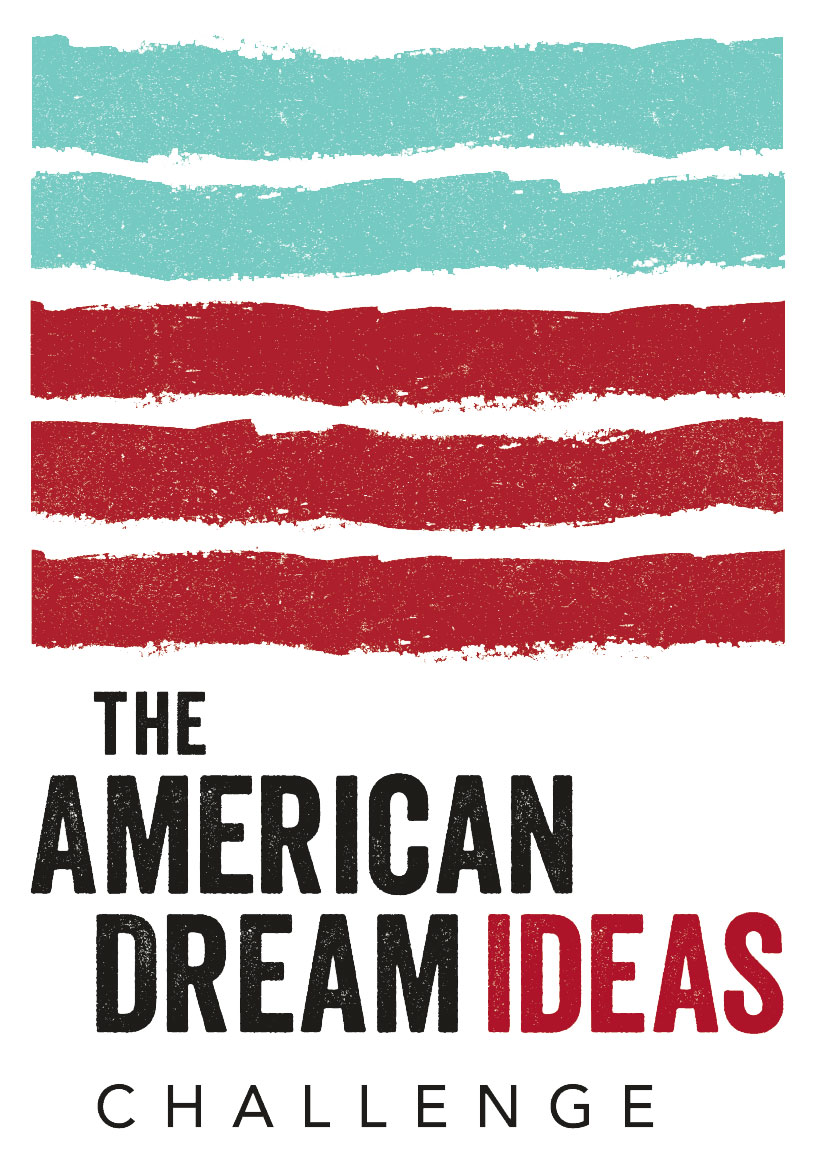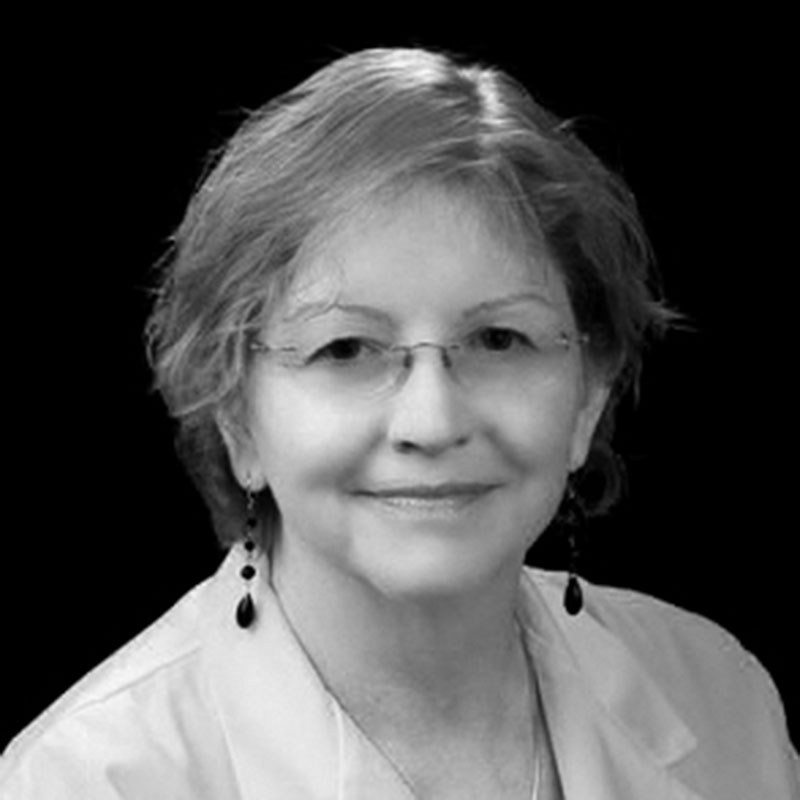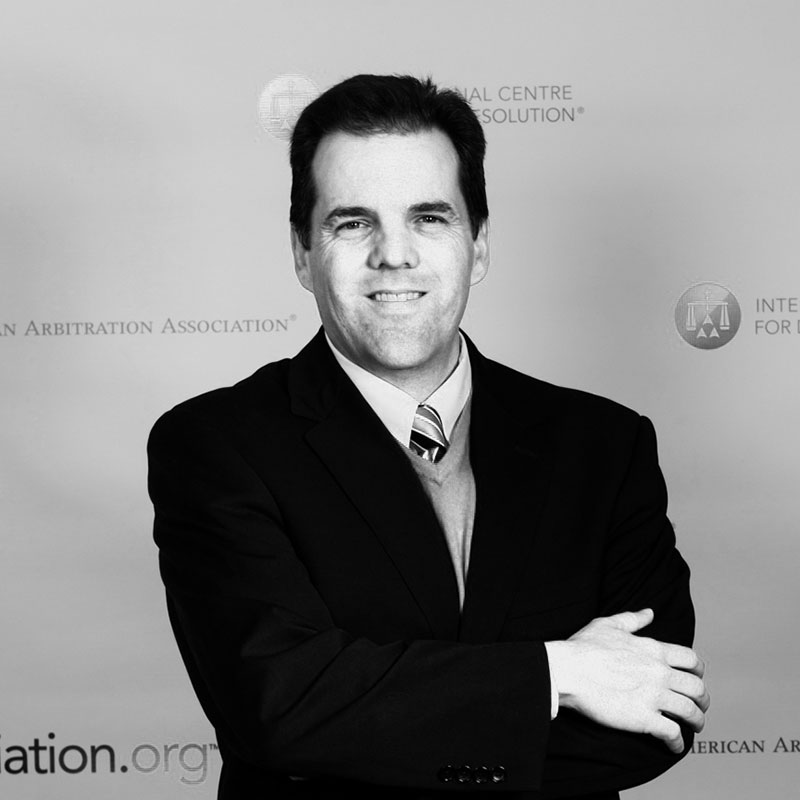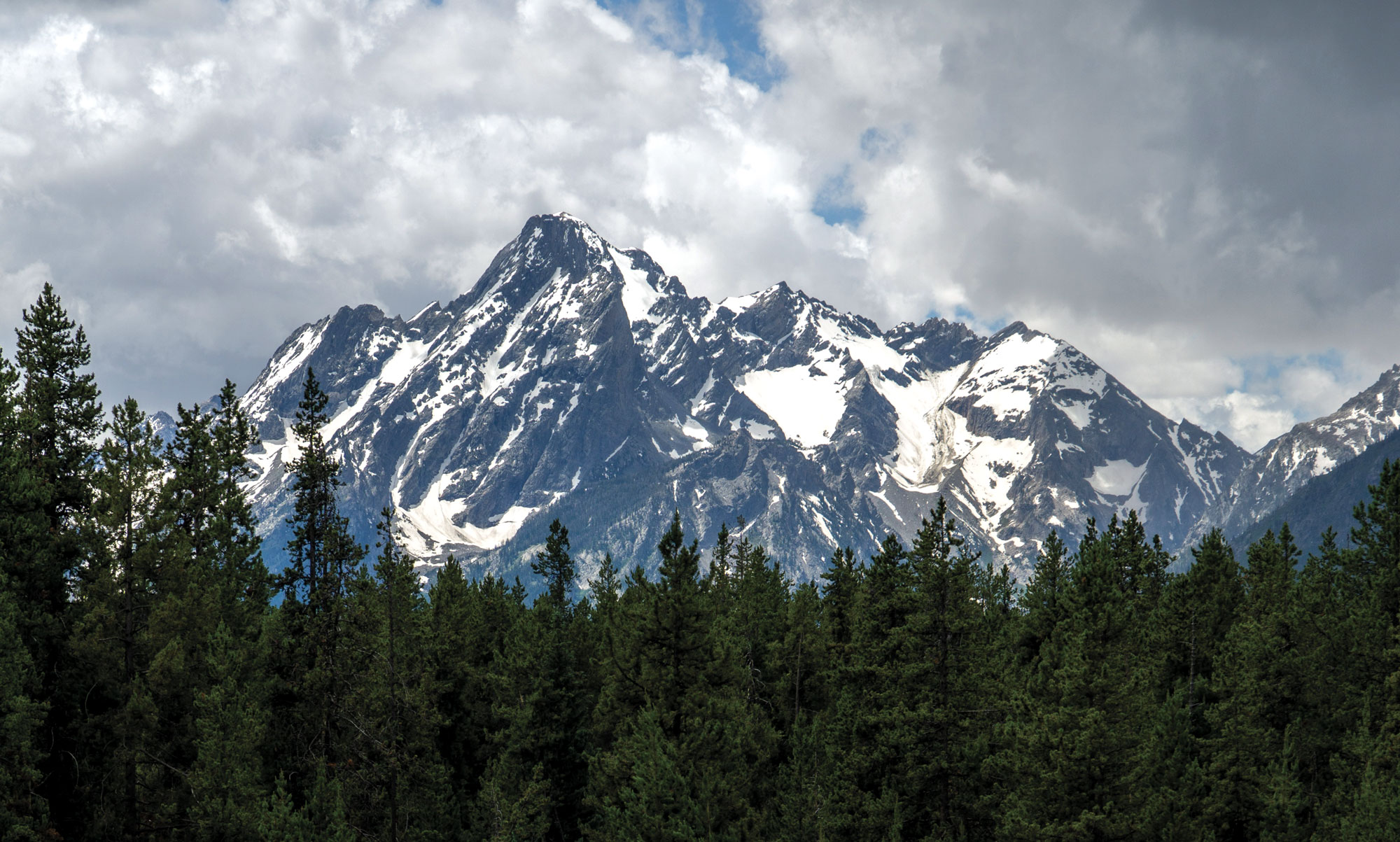For most people, a doctorate in human genetics isn’t a fallback career. But when Kristi Russell injured her hip as a tennis player at Weber State University, she says the injury changed the course of her education and profession.
She asked her doctor, “Why would this happen to someone so young?” The doctor’s response: sports and genetics. “That really piqued my interest in human genetics,” she says. Although she was always a self-described science nerd and was studying microbiology, the discovery that hip dysplasia may run in her family was a catalyst for her to better understand genetics.
Now a grad student at the U, Russell says she’s grateful to study with some of the field’s leading researchers. After all, she works directly with the U’s chair of human genetics, Lynn Jorde, who has authored more than 250 scientific papers and holds one of the most prestigious grants available to genetics researchers.
Among other things, Russell and Jorde are trying to understand the genetic mutations that cause Lou Gehrig’s disease (also known as ALS). They’ve already uncovered two genes that contribute to the disease. And with each new gene discovered, potential new treatments can be found, says Jorde.
Their work leverages the Utah Population Database (UPDB), the world’s largest genetic database, with information on more than 10 million individuals. Through the UPDB, U researchers have identified genes and risk factors for more than 30 conditions.
“Science is not easy. It’s mostly disappointing. But once in a while, we’re rewarded with a real pathbreaking discovery. And those are the times that keep us going.”
—LYNN JORDE

 A new study by a team of U researchers indicates that an early-onset form of Parkinson’s disease may be more likely to develop in people with attention deficit hyperactivity disorder, or ADHD.
A new study by a team of U researchers indicates that an early-onset form of Parkinson’s disease may be more likely to develop in people with attention deficit hyperactivity disorder, or ADHD.





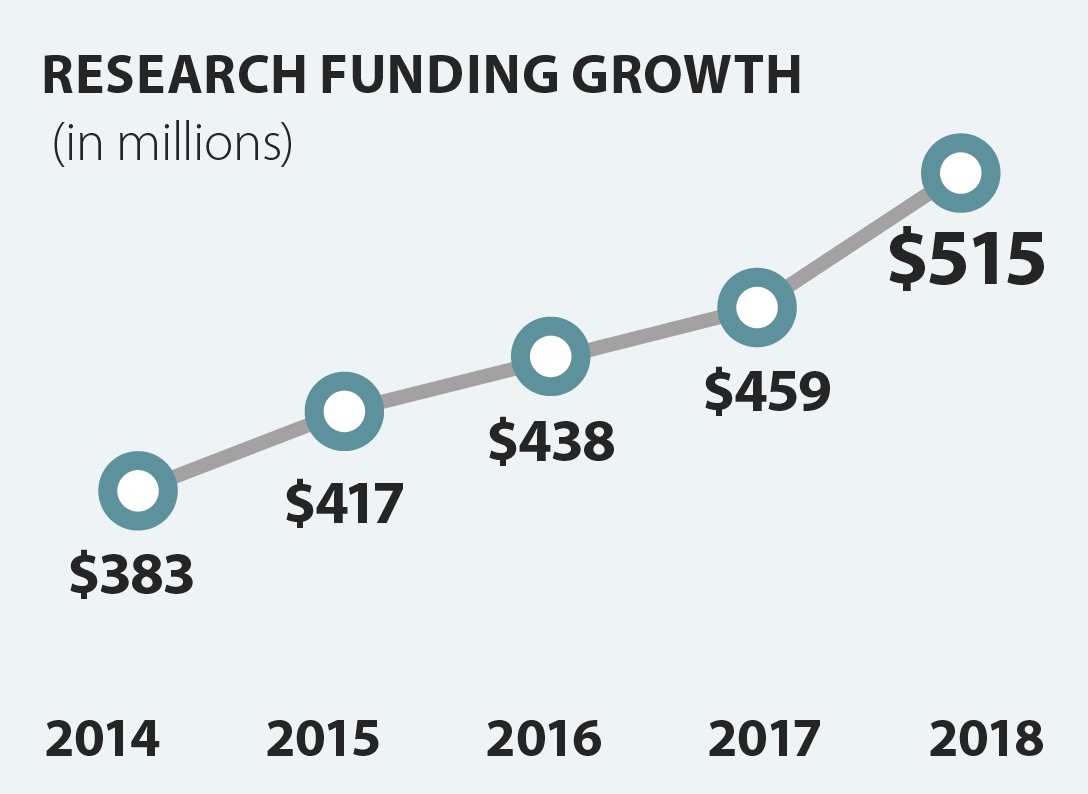
 Unearthing History: Military Artifacts Found at Fort Douglas
Unearthing History: Military Artifacts Found at Fort Douglas
